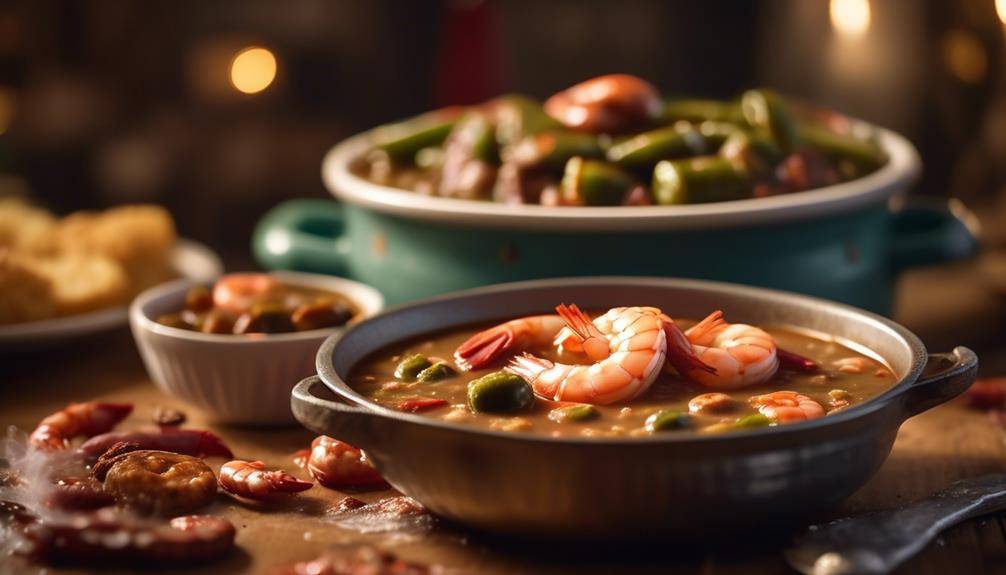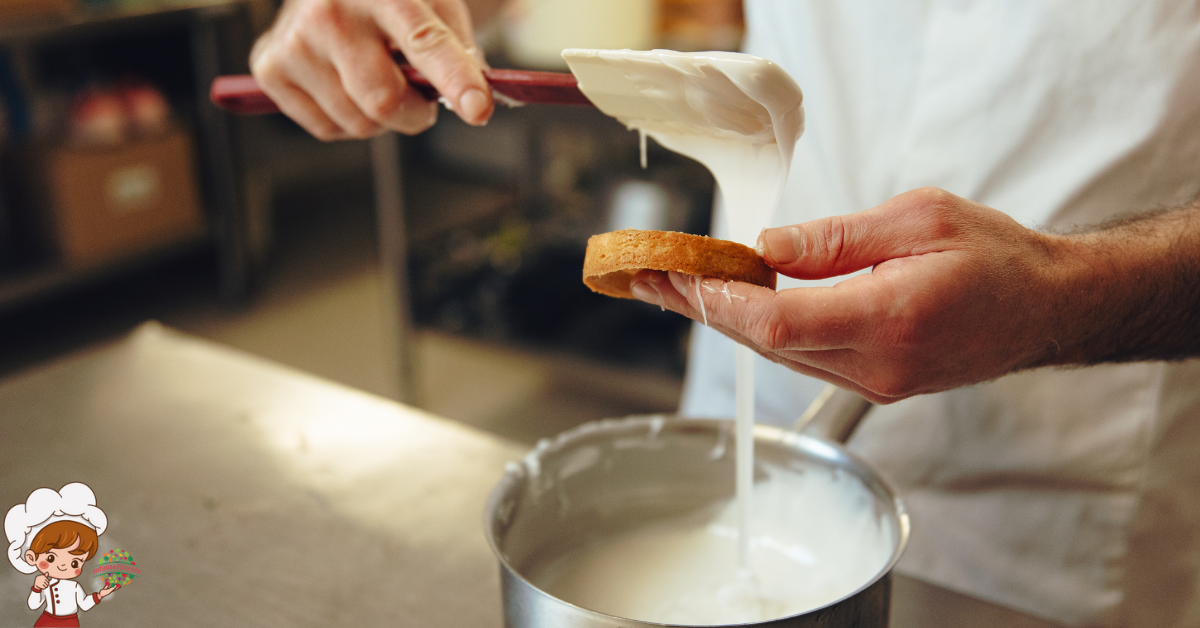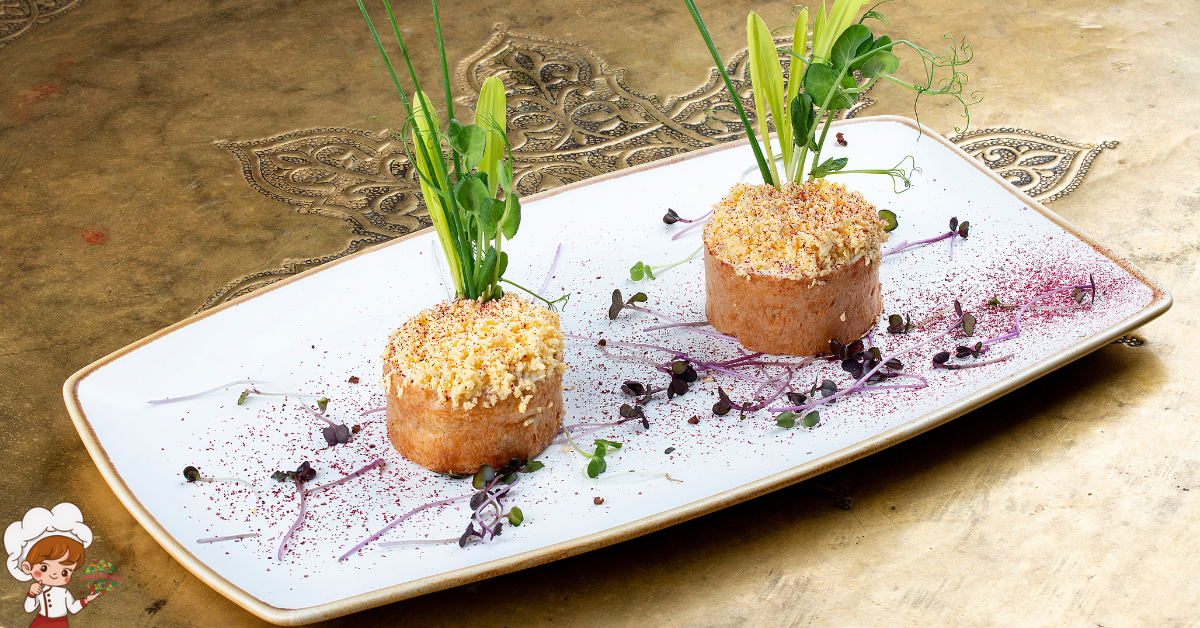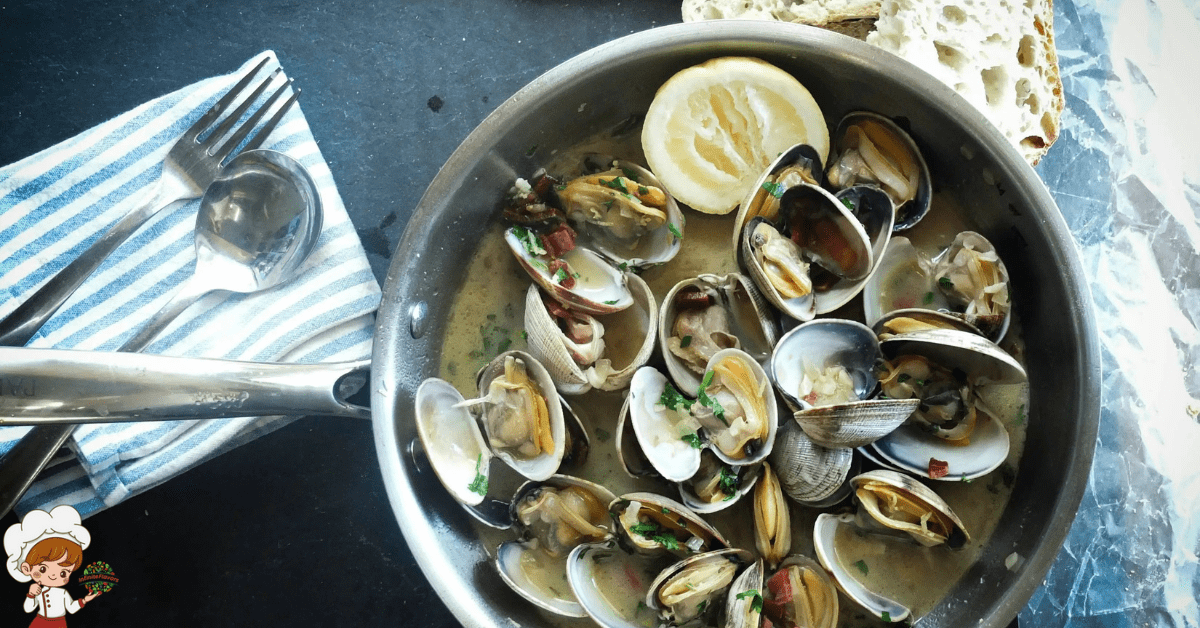Authentic Lebanese Spices And Flavors
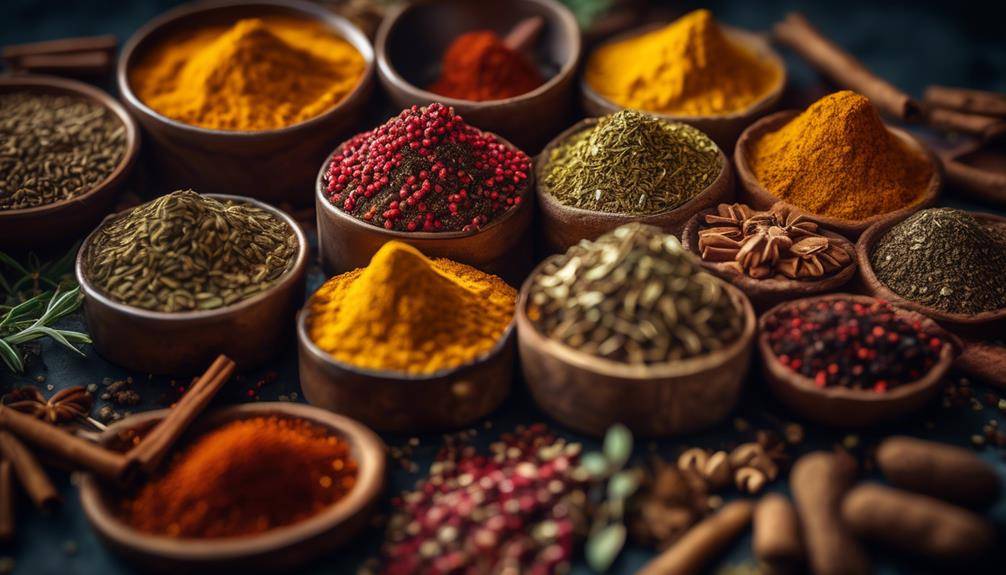
Step into a world where boldness meets subtlety, where ancient traditions fuse with modern palates, and where every bite takes you on a tantalizing journey of flavors. Authentic Lebanese Spices And Flavors have a way of effortlessly combining seemingly contradictory elements to create a culinary experience that is both familiar and exciting. From the warm and earthy notes of cumin and cinnamon to the fresh and zesty flavors of lemon and mint, Lebanese cuisine offers a symphony of tastes that will leave you wanting more. But there’s more to discover, so come with us as we uncover the vibrant street food flavors and the unforgettable fusion of tastes that define the essence of Lebanese cuisine.
Aromatic Herbs in Lebanese Cuisine
In Lebanese cuisine, the use of aromatic herbs adds a distinct and vibrant flavor profile to dishes, elevating the culinary experience to new heights. These aromatic herbs play a crucial role in creating the unique and authentic flavors that Lebanese cuisine is known for.
One of the most commonly used aromatic herbs in Lebanese cuisine is parsley. It is used both as a garnish and as an ingredient in various dishes. Its fresh and bright flavor adds a refreshing element to salads and stews. Another popular herb is mint, which is often used in dishes such as tabbouleh and fattoush. The mint leaves provide a cool and refreshing taste that complements the other ingredients perfectly.
Lebanese cuisine also incorporates herbs like thyme, oregano, and sage, which are used in traditional cooking techniques. These herbs are often dried and stored, as they are used in marinades, rubs, and spice blends. The aromatic qualities of these herbs enhance the flavors of meats, vegetables, and grains, creating a harmonious blend of tastes.
The use of aromatic herbs in Lebanese cuisine is deeply rooted in the country’s culture and history. These herbs have been used for centuries, passed down through generations, and are an essential part of traditional Lebanese cooking. They not only add flavor but also contribute to the overall sensory experience of a dish, making it a feast for the senses.
Fragrant Spices Used in Lebanese Cooking
Aromatic spices play a pivotal role in Lebanese cooking, infusing each dish with a rich tapestry of flavors and aromas. Fragrant spice blends are an essential part of traditional Lebanese recipes, adding depth and complexity to the cuisine. One such blend is called baharat, which translates to “spice” in Arabic. It is a versatile mixture that typically includes a combination of cinnamon, cloves, cumin, coriander, nutmeg, and black pepper. Baharat is used in various dishes, such as meat stews, rice pilafs, and grilled meats, imparting a warm and earthy flavor.
Another popular spice blend in Lebanese cooking is called za’atar. It is a combination of dried thyme, sumac, sesame seeds, and salt. Za’atar is often used as a seasoning for grilled meats, as well as a topping for flatbreads and salads. Its tangy and herbal notes add a unique and refreshing taste to dishes.
Sumac, a tangy and citrusy spice, is frequently used in Lebanese cuisine. It is derived from dried and ground berries of the sumac plant. Sumac is sprinkled over dishes as a finishing touch, adding a vibrant red color and a tangy flavor.
Other fragrant spices commonly used in Lebanese cooking include cinnamon, cardamom, allspice, and cloves. These spices are used to enhance the flavors of savory dishes, as well as in sweet treats like baklava and other Middle Eastern desserts.
Mouthwatering Ingredients That Define Lebanese Flavors
One cannot truly explore Lebanese cuisine without delving into the mouthwatering ingredients that define its unique and vibrant flavors. Lebanese cooking is known for its bold and aromatic spice blends that elevate dishes to a whole new level. Traditional cooking techniques play a crucial role in bringing out the best flavors in these ingredients.
Here are some of the mouthwatering ingredients that define Lebanese flavors:
- Lebanese Spice Blends: Lebanese cuisine is famous for its spice blends that add depth and complexity to dishes. One such blend is za’atar, which is a combination of dried thyme, oregano, sesame seeds, and sumac. This versatile blend is used as a seasoning for meats, vegetables, and even in bread. Another essential spice blend is baharat, which typically includes cinnamon, cloves, nutmeg, and pepper. It is used in marinades, rubs, and stews, adding a warm and aromatic touch to the dishes.
- Fresh Herbs: Lebanese cuisine heavily relies on fresh herbs to enhance the flavors of dishes. Parsley, mint, cilantro, and dill are commonly used in salads, dips, and main courses. These herbs not only provide a burst of freshness but also contribute to the vibrant colors and fragrances that Lebanese cuisine is known for.
- Citrus Fruits: Lemon and lime are essential ingredients in Lebanese cuisine. Their tangy and refreshing flavors are used to marinate meats, dress salads, and add zing to various dishes. The acidity of citrus fruits balances out the richness of other ingredients, creating a harmonious and well-rounded flavor profile.
The Warm and Earthy Notes of Cumin and Cinnamon
Cumin and cinnamon, with their warm and earthy notes, are two spices that play a pivotal role in defining the distinct flavors of Lebanese cuisine. These spices not only add depth and complexity to dishes but also offer several health benefits. Cumin, known for its distinctive smoky flavor, is rich in iron and aids digestion. It is often used in Lebanese dishes such as falafel, hummus, and kebabs. Cinnamon, on the other hand, adds a sweet and slightly spicy flavor to both savory and sweet Lebanese dishes. It is known for its antioxidant properties and has been used in traditional medicine for centuries.
In Lebanese cuisine, cumin is commonly used in meat dishes, such as lamb or beef stews, where its warm and earthy flavor complements the richness of the meat. It is also used in rice pilaf, giving it a subtle and fragrant taste. Cinnamon, on the other hand, is often used in desserts like baklava and ma’amoul, adding a warm and comforting aroma. It is also used in savory dishes like stuffed grape leaves and kibbeh, where its sweet and spicy notes balance the flavors.
Aside from their culinary uses, cumin and cinnamon have several health benefits. Cumin is known to aid digestion, relieve bloating, and promote weight loss. It is also rich in iron, which helps prevent anemia. Cinnamon, on the other hand, is packed with antioxidants that help fight inflammation and lower the risk of chronic diseases. It is also believed to regulate blood sugar levels and improve heart health.
Fresh and Zesty Flavors of Lemon and Mint in Lebanese Dishes
Lemon and mint, with their fresh and zesty flavors, are key ingredients that bring a vibrant and invigorating twist to Lebanese dishes. These ingredients play an integral role in Lebanese cuisine, adding a burst of brightness and a refreshing touch to traditional dishes. Here’s why the fresh and zesty flavors of lemon and mint are so essential in Lebanese cooking:
- Enhancing the flavors: Lemon and mint work in harmony to enhance the natural flavors of Lebanese dishes. The tangy and citrusy notes of lemon add a distinct brightness, while the cool and refreshing taste of mint elevates the overall flavor profile. Together, they create a symphony of flavors that tantalize the taste buds.
- Balancing richness: Lebanese cuisine is known for its rich and hearty dishes, such as kebabs and stews. The fresh and zesty flavors of lemon and mint help balance out the richness, providing a contrast that cuts through the richness and adds a refreshing element to the meal. This balance is crucial in creating a well-rounded and satisfying culinary experience.
- Modernizing culinary traditions: While Lebanese cuisine has a deep-rooted history and culinary traditions, incorporating lemon and mint brings a modern twist to these dishes. The combination of these ingredients adds a contemporary touch, making Lebanese cuisine even more appealing to a global audience. It showcases the adaptability and versatility of Lebanese flavors, making it a cuisine that can evolve with the times.
Exploring the Vibrant Street Food Flavors of Lebanon
Get ready to embark on a culinary adventure as you explore the vibrant street food flavors of Lebanon. From the bustling streets of Beirut to the quaint alleys of Tripoli, Lebanese street food offers a tantalizing array of popular dishes. Experience unique flavor combinations that showcase the rich culinary influences and fusion that make Lebanese street food a true delight for the senses.
Popular Lebanese Street Foods
Lebanon’s bustling streets are alive with the mouthwatering aromas and vibrant flavors of its popular street foods, offering a tantalizing glimpse into the country’s rich culinary heritage. If you find yourself wandering through the vibrant streets of Beirut or any other Lebanese city, make sure to indulge in these delicious street foods:
- Falafel Recipes: Made from ground chickpeas or fava beans, falafel is a staple in Lebanese street food. These deep-fried balls of goodness are usually served in pita bread with tahini sauce, pickles, and fresh vegetables. Each region of Lebanon has its own unique twist on the traditional falafel recipe, adding their own blend of spices for an explosion of flavors.
- Shawarma Variations: Shawarma, a popular Middle Eastern dish, is a must-try street food in Lebanon. It consists of thinly sliced marinated meat (usually chicken or lamb) cooked on a vertical rotisserie. The succulent meat is then wrapped in pita bread and garnished with garlic sauce, pickles, and sometimes even french fries. Lebanese street vendors take pride in their shawarma variations, offering a wide range of fillings and spices to satisfy all taste buds.
- Manoushe: Considered the Lebanese version of pizza, manoushe is a beloved street food that is perfect for breakfast or a quick snack. It is made from flatbread topped with a generous amount of za’atar (a blend of herbs and spices including thyme, sumac, and sesame seeds) and olive oil. The manoushe is then baked to perfection, resulting in a crispy and flavorful treat.
These popular Lebanese street foods showcase the diversity and richness of the country’s culinary scene. From the aromatic falafel to the mouthwatering shawarma variations and the comforting manoushe, each bite is a delightful experience that will leave you craving for more. So, next time you find yourself in Lebanon, don’t forget to explore the vibrant street food flavors that the country has to offer.
Unique Flavor Combinations
Immerse yourself in the vibrant street food flavors of Lebanon by exploring the unique flavor combinations that make each bite a delightful and cultural experience. One of the most intriguing aspects of Lebanese cuisine is its ability to blend seemingly disparate flavors together in unexpected ways. From the tangy and creamy combination of lemon and garlic in the popular dish, toum, to the sweet and savory pairing of pomegranate molasses and lamb in kibbeh nayeh, Lebanese cuisine never fails to surprise and tantalize your taste buds. Another example is the unique flavor pairing of sumac and za’atar, which adds a tangy and earthy note to dishes like mana’eesh. These unexpected taste combinations are a testament to the culinary creativity and cultural richness of Lebanon, offering a truly unique and unforgettable dining experience.
Culinary Influences and Fusion
Continuing our exploration of the vibrant street food flavors of Lebanon, let’s now dive into the culinary influences and fusion that contribute to the unique and culturally rich dining experience. Lebanese cuisine is a beautiful amalgamation of various culinary techniques and historical influences. Here are three key factors that shape the flavors of Lebanese street food:
- Ottoman Influence: The Ottoman Empire’s rule over Lebanon for centuries left a lasting impact on the local cuisine. The Ottomans introduced ingredients like lamb, yogurt, and spices such as sumac and za’atar, which are still integral to Lebanese street food.
- French Influence: Lebanon’s history of French colonization also plays a significant role in its culinary landscape. French techniques, such as baking and pastry making, have been incorporated into Lebanese street food, resulting in delightful treats like manakish (Lebanese flatbread) and baklava.
- Levantine Fusion: Lebanon’s geographical location in the Levant region has exposed its cuisine to influences from neighboring countries like Syria and Palestine. This fusion of flavors can be seen in dishes like falafel, hummus, and shawarma, which have become staples of Lebanese street food.
These culinary techniques and historical influences combine to create the vibrant and diverse street food scene that is beloved by locals and visitors alike.
Unforgettable Fusion of Tastes in Lebanese Cuisine
With a rich culinary heritage influenced by various cultures throughout history, Lebanese cuisine offers an unforgettable fusion of tastes that will tantalize your taste buds. One of the key elements that sets Lebanese cuisine apart is its unique and often unusual ingredient pairings. Lebanese chefs have a knack for combining ingredients that may seem unlikely at first, but result in a harmonious and mouthwatering combination of flavors.
Take, for example, the traditional dish called fattoush. This salad typically consists of fresh vegetables like lettuce, tomatoes, cucumbers, and radishes, but what gives it its distinctive flavor is the addition of sumac, a tangy and slightly sour spice. The combination of the fresh vegetables and the sumac creates a refreshing and zesty taste that is truly unforgettable.
Lebanese cuisine also embraces modern twists on traditional dishes, adding a contemporary flair to classic recipes. One such example is the fusion of Lebanese and Mexican cuisines in the popular dish known as Lebanese tacos. Traditionally, tacos are made with tortillas and filled with meat, but in this Lebanese-inspired version, the tortillas are replaced with soft pita bread and the filling is made with flavorful Lebanese spices and ingredients such as za’atar-marinated chicken or lamb. The result is a delicious blend of flavors that combines the best of both worlds.
Authentic Lebanese Spices And Flavors; Frequently Asked Questions
What Are Some Common Substitutions for Traditional Lebanese Spices and Herbs?
You can use common spices like cumin or coriander as substitutes for traditional Lebanese spices. However, keep in mind that they won’t replicate the unique flavors of Lebanese cuisine.
Are There Any Health Benefits Associated With Using Lebanese Spices and Flavors?
Using authentic Lebanese spices and flavors can provide numerous health benefits. These spices are rich in antioxidants, anti-inflammatory compounds, and vitamins. They also add a unique and cultural touch to your dishes that cannot be replicated with traditional substitutes.
How Do Lebanese Spices and Flavors Differ From Other Middle Eastern Cuisines?
Lebanese spices and flavors differ from other Middle Eastern cuisines in their unique flavor profiles. The cultural significance of these spices and flavors adds depth and authenticity to Lebanese dishes, making them a true culinary experience.
Can You Recommend Any Lebanese Spice Blends or Seasoning Mixes?
If you’re looking for Lebanese spice blends for grilling, try Baharat or Shish Taouk. For vegetarian dishes, a great option is Za’atar seasoning mix. These authentic blends will add delicious Lebanese flavors to your meals.
Are There Any Specific Cooking Techniques or Tips for Using Lebanese Spices and Flavors in Dishes?
When cooking with Lebanese spices and flavors, it’s important to understand the traditional cooking techniques and tips. These include toasting spices, using a mortar and pestle to grind them, and incorporating them at the right stage of cooking for maximum flavor infusion.
Conclusion
In conclusion, Lebanese cuisine is a rich tapestry of authentic spices and flavors that bring a unique and vibrant taste experience. From the aromatic herbs to the fragrant spices, every ingredient in Lebanese cooking is carefully selected to create mouthwatering dishes. The warm and earthy notes of cumin and cinnamon, combined with the fresh and zesty flavors of lemon and mint, create a harmonious fusion of tastes that is truly unforgettable. Exploring the diverse street food flavors further adds to the cultural experience of Lebanese cuisine.



